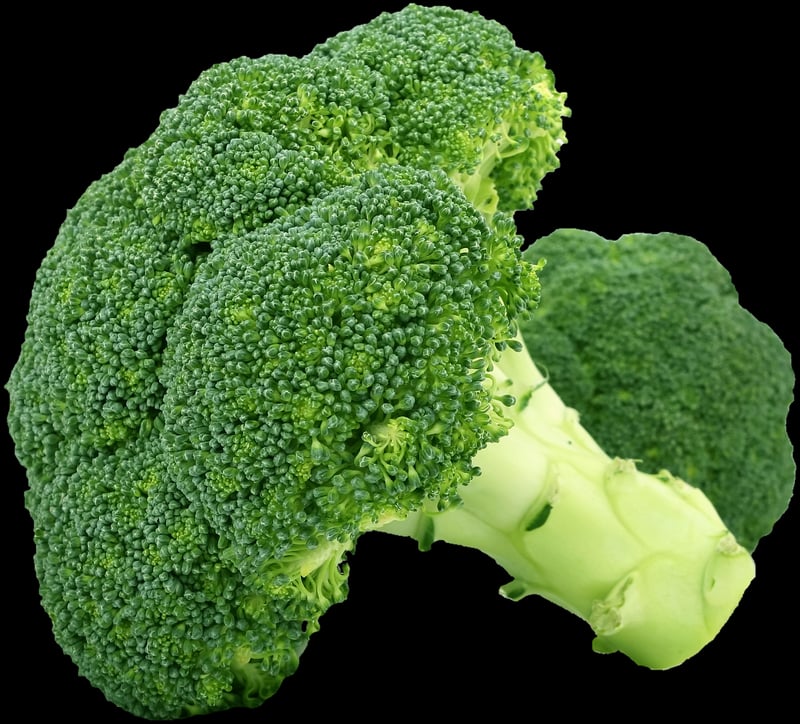Nutritional Analysis
The Science Behind Flavors and Nutritional Analysis
Introduction
Flavors are an essential aspect of our food experience, influencing our preferences and enjoyment. Understanding the science behind flavors and their nutritional impact can provide valuable insights into our diet and health.
The Science of Flavors
Flavors are created by a combination of taste and aroma. Taste primarily involves the five basic tastes: sweet, sour, salty, bitter, and umami. Aroma, on the other hand, is detected by olfactory receptors in our nose, significantly enhancing our perception of flavor. The intricate interaction between taste and aroma contributes to the complex flavors we experience.
Key Points:
- Flavors result from the combination of taste and aroma.
- Taste comprises sweet, sour, salty, bitter, and umami.
- Aroma plays a crucial role in enhancing flavor perception.
Nutritional Analysis of Flavors
While flavors enhance the palatability of food, it is essential to consider their nutritional components. Some flavors may be derived from natural sources like fruits and herbs, offering added nutritional benefits. However, artificial flavors often contain additives that may not contribute to the overall nutritional value of the food.
Considerations:
- Natural flavors can provide additional nutrients.
- Artificial flavors may contain non-nutritive additives.
- Monitoring flavor intake is important for a balanced diet.
Conclusion
Understanding the science behind flavors and their nutritional analysis can help individuals make informed choices about their diet. By appreciating the role of taste and aroma in flavor perception and considering the nutritional components of different flavors, we can cultivate a healthier relationship with food.
Explore Further:
For more information on flavors and nutrition, visit Nutrition.org.


